Hope they get that clutter out the way
http://mil.today/2020/Incidents1/
Russia to Lift Perished Soviet Nuke Subs in 2020's
For many years, Russian industrial companies, relevant nuclear and marine design bureaus and research institutes have been scrutinizing the salvage of the sunken Soviet nuclear-powered submarine K-27 (Project 645, November-class). In case the lifting by Russian equipment is successful, experts plan to consider raising of K-278 submarine Komsomolets (Project 685, Mike-class), three informed insiders told Mil.Press. So far, the exact timelines of the lifting operations are unknown.
According to one of the interviewees, K-27 being grounded at the depth of 75 meters in the Kara Sea can be raised in the first half of 2020's. Earlier, the salvage was scheduled in the end of 2010's.
The second insider said a part of funds for designing of a Project 23570 specialized submarine salvage vessel had been already assigned. The ship was presented at Neva-2019 marine show for a limited circle of attendants. Reporters of Mil.Press found out its prospective characteristics. The utility model description classifies the ship as "non-propelled sea vessel for lifting, transportation, and delivery for disposal of scuttled (sunken) large-size and heavy-weight marine facilities".
It is planned to build the ship in Saint Petersburg or Severodvinsk, added the third interviewee. It may be a cooperation of shipyards. There are two funding options: a cost-effective (RUB 3-4 bln), and a more expensive one (RUB 7-8 bln).
Project 23570 implements the whole range of new technical solutions in the ship salvage. Several research works were carried out in this area, including those under the federal target program "Civil Marine Engineering Development 2009-2016". One of these works named Technology-A(TP) is aimed at "designing of technical project for package technology and technical facilities for searching, identification, lifting and delivery for disposal of potentially hazardous underwater objects".
One of the documents of that project says "the primary mission before... detailed exploration of... hydrocarbon deposits on the continental shelf of the Kara Sea and the Barents Sea, as well as adjacent shore of the Novaya Zemlya island group, is the environmental rehabilitation of licensed blocks from large-size and heavy-weight potentially hazardous underwater objects, including substantiation of various disposal options, i.e. lifting and onshore dismantlement, isolation on the seabed, or abandonment without intervention".
BACKGROUND
In July 2019, researchers of the Russo-Norwegian expedition based on the vessel named GO Sars explored K-278. Among other approaches, they used the remotely operated vehicle Ægir 6000 to reach Komsomolets, study leakages and take water samples.
Later on, experts from Norwegian Institute of Marine Research reported about growing radiation intensity around the Komsomolets scene of sinking, where it is grounded at the depth over 1.6 km. The vent hole where the water samples were taken is located in close contact with the sub's nuclear reactor. The radioactivity level appeared higher than the samples taken by Russian scientists in 2007. According to previous studies held by Russian experts, there were nuclear releases, and Komsomolets was heavily damaged. One of the reasons for radioactive emissions can be ocean currents. Along with that, the findings were called preliminary, and the leakage was classified as non-threating to fishery or the sample takers.
On February 4, Mil.Press failed to contact the expedition leader on the Norwegian side, Ms. Hilde Elise Heldal.
FOR REFERENCE
K-27 was laid down in 1958, launched in 1962, and commissioned in 1963. After the accident occurred in May 1968, recovery of the submarine was condemned as inexpedient. The submarine had been mothballed for 13 years, and then sunken in the Kara Sea.
K-278 was laid down in 1978, launched and commissioned in 1983. On August 4, 1985, being headed by Capt. 1 Rank Yury Zelensky, the submarine set the world diving record, 1000 meters, and launched torpedoes at that depth. Komsomolets perished on the post-patrol homeward voyage in the Norwegian Sea on April 7, 1989 as a result of fire that led to the loss of buoyancy and foundering.



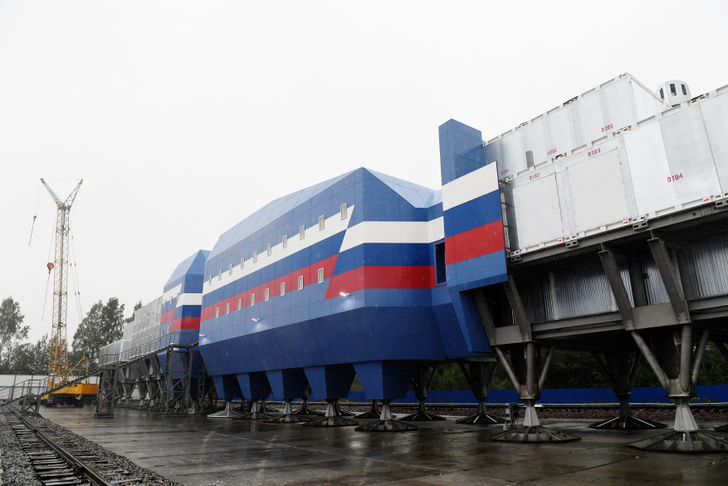
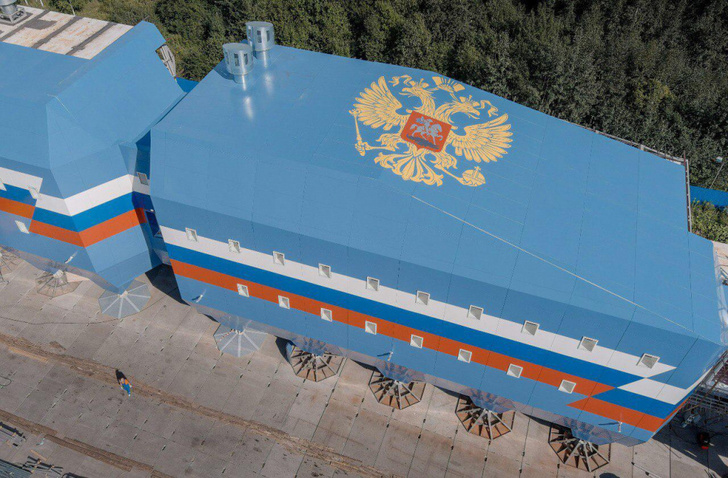
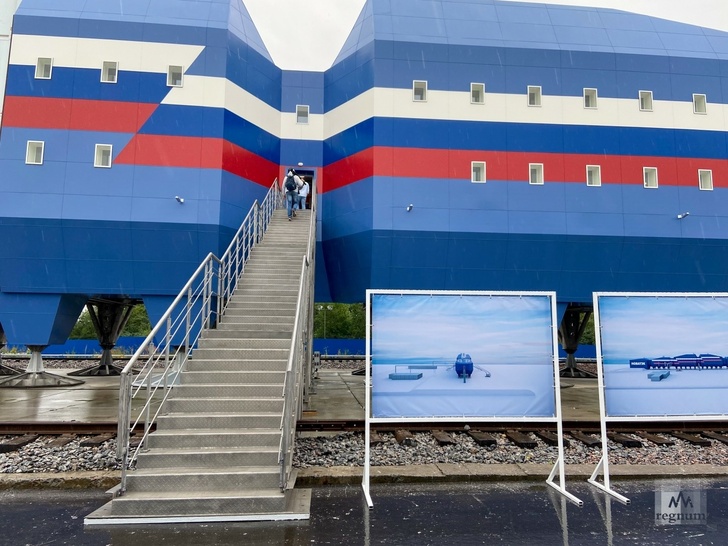
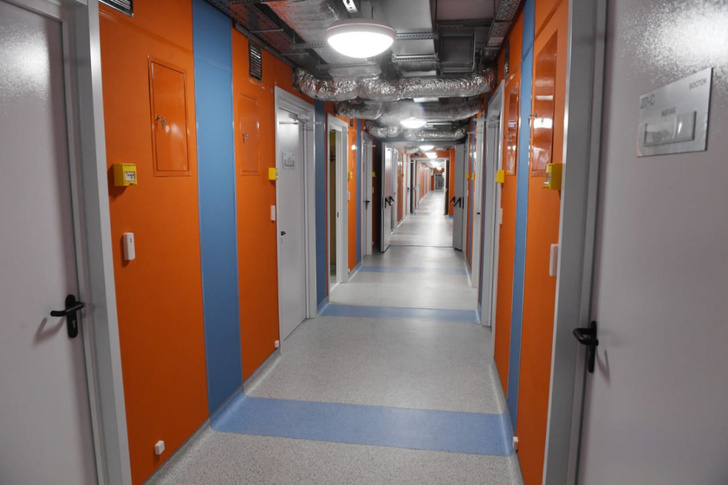

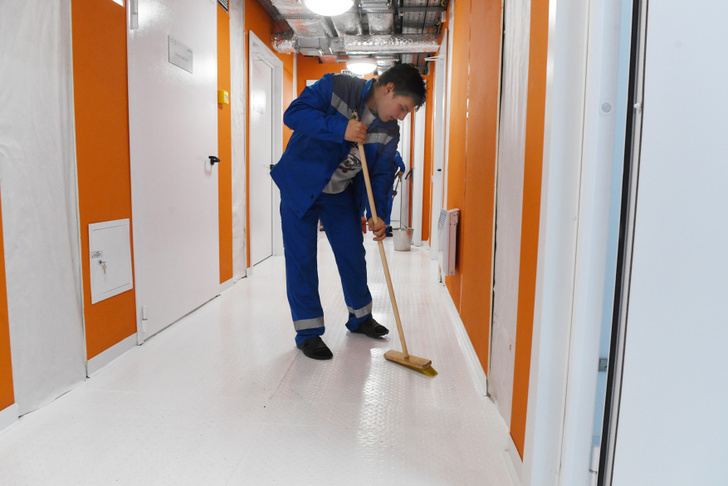
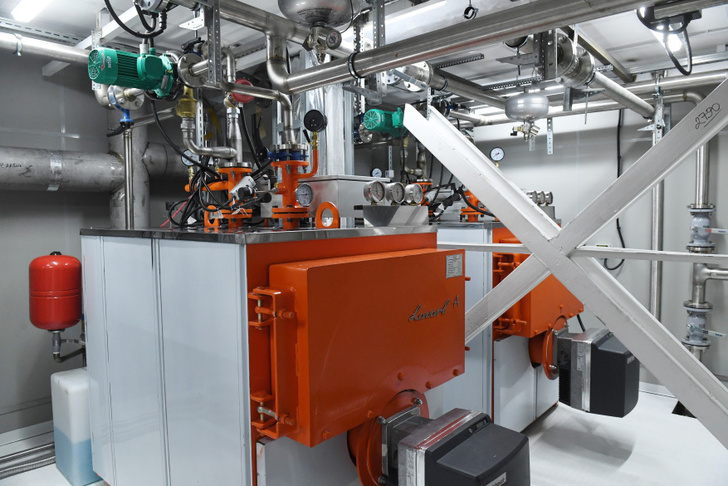
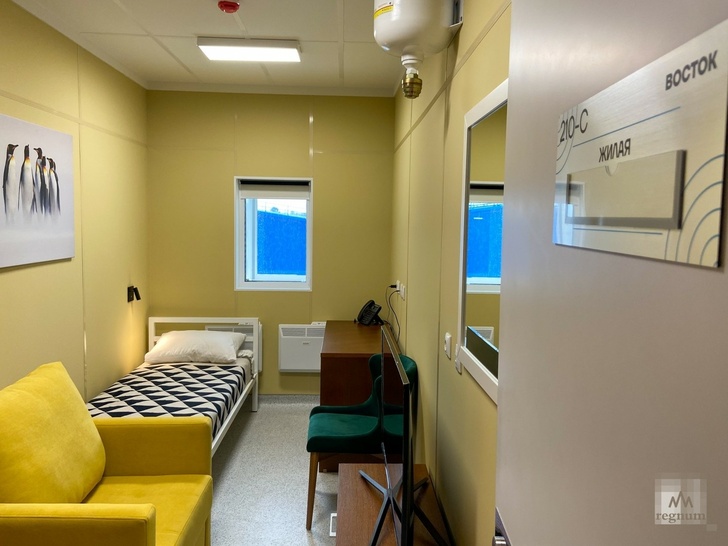

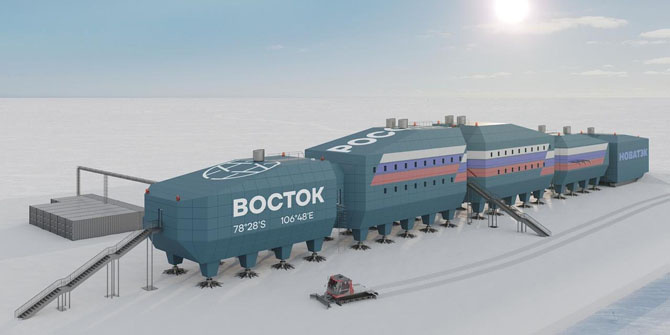
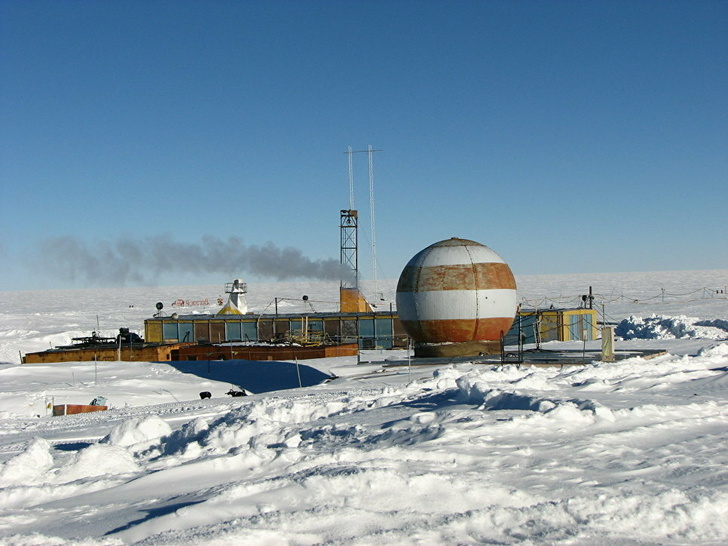
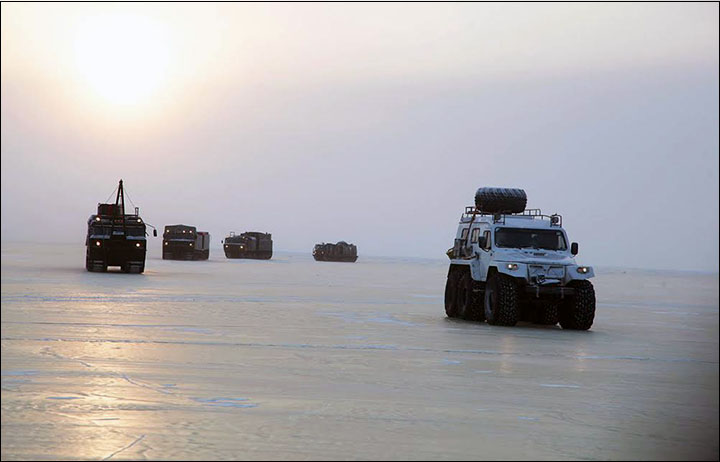
 owais.usmani
owais.usmani



